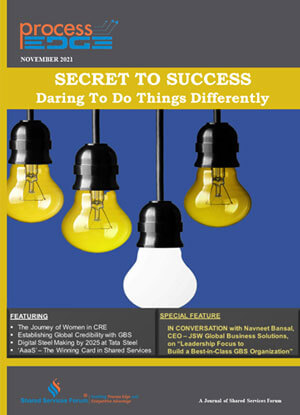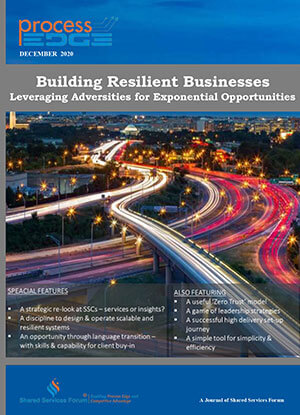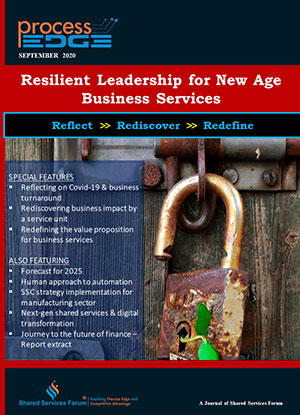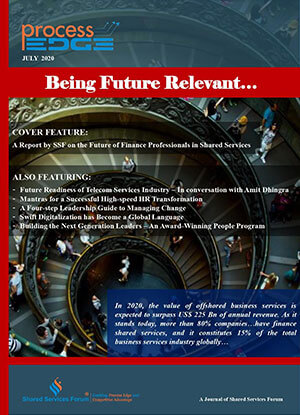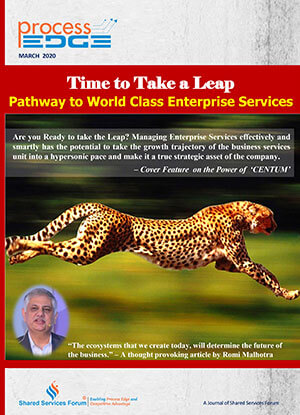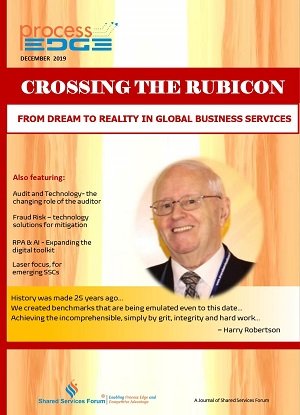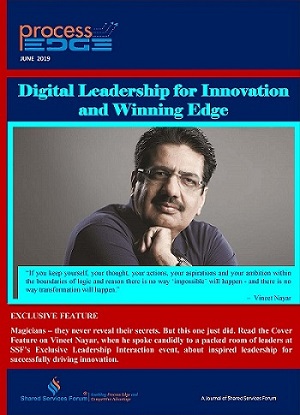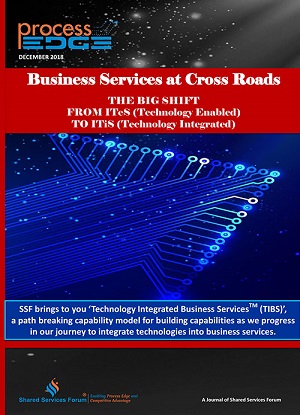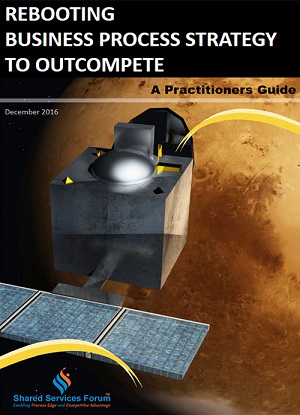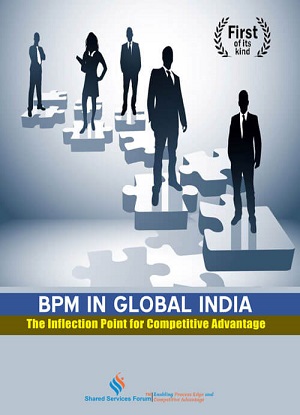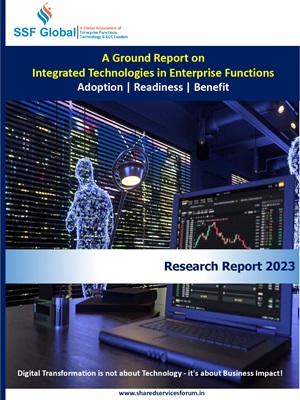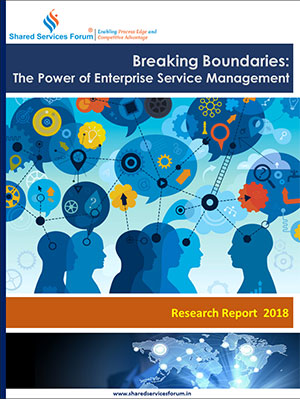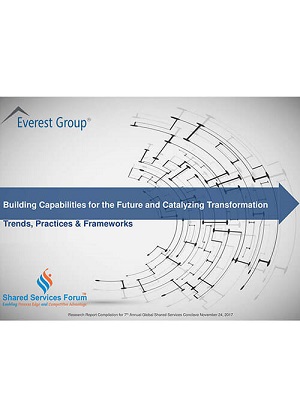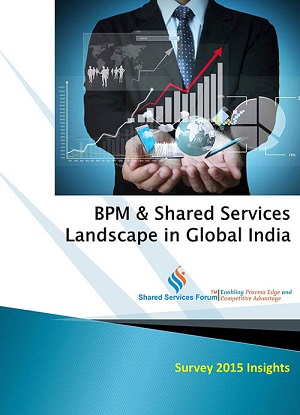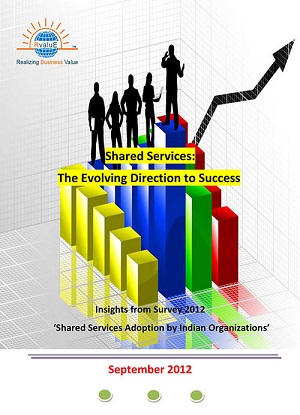
Would you like to start a conversation with other industry leaders to brainstorm a challenge or to just know more on a particular topic?
Engage in online discussions with your Peers
Start NowThe digital age has levelled the playing field, disrupting established industries and enabling new players to have a slice of the pie.
But established businesses have also learned to use digital technology to their advantage. Many are increasingly seeing the benefits of tapping into digital solutions to improve operations and expand market reach.
As Eco World Development Group Bhd president and chief executive officer Datuk Chang Khim Wah bluntly puts it: “Innovate or die.”
The Star SMEBiz Think Tank, in its second year, provides SMEs the opportunity to learn from various business leaders about moving their businesses up the value chain.
When Eco World was formed about four years ago, Chang said the company already knew it had to tap a new market to grow. So rather than reaching out to mature home buyers, the property developer used digital technology to reach out to younger audience.
It invested in social media marketing, which boosted the impact of its traditional marketing. Consequently, sales grew.
“Because of disruption, we came so far in such a short time.
“We grew a new market base in the Gen-Y and Gen-Z category. And that doubled our number of buyers. They are the future of our business and we will continue to grow this market,” he said.
Digital solutions also shortened communication with its contractors and improved cashflow for its projects. The company has also harnessed fintech innovations to enhance its efficiencies and utilised virtual reality technology to boost customer experience at its sales galleries.
“The next step is in connecting everyone and everything on a mobile platform. This is how our brand will go to another level. Digital is key to our expansion,” he added.
Chang’s sentiments were echoed by Digi.com Bhd chief digital officer Praveen Rajan.
The telco embarked on a strategy to digitise its business about two years ago and the company has since evolved from just a telco povider into an enabler of technology.
Digi focused its efforts on getting its employees to embrace the digital age, on digitising its employee services to increase efficiencies and in cultivating an innovative culture. The company also encourages its employees to solve problems by allowing them to take time off to work on possible solutions.
“The challenge for organisations is where to start. But it’s not impossible to do it.
“There were a lot of learnings for us. And with our experience, we can provide our partners with advice to go about it and to be the conduit for others to take this step,” said Praveen.
He advised SMEs to take small, measured steps to digitise their businesses and to allow sufficient time for these steps to bear fruit.
“Visualise the outcome that you want. It has to be relevant within your business context,” he added.
One of the areas that companies can use digital technology in is marketing.
For Etika Sdn Bhd, 2.5% of its budget is spent on digital marketing, said vice-president of marketing Santharuban Thurai Sundaram.
But Santharuban noted that SMEs need not have big budgets for digital marketing.
“It is not about how much we spend but how we spend. It is about maximising your reach. Know your audience and make use of the right platforms to reach your audience,” said Santharuban.
While disruption is a new way of achieving competitve advantage, AmBank business banking managing director Christopher Yap reminded SMEs that there are also other factors that make up the success of businesses other than just going digital.
They include monitoring market changes, succession planning, managing risk and being proactive in managing problems.
Credit Guarantee Corp Malaysia Bhd (CGC) senior vice-president of marketing and sales Wong Keet Loong advised companies to focus on profitability.
As businesses evolve and innovate, he urged SMEs to look into integrating their business channels to provide good customer services, to diversify their products to give consumers more choices and bundle options to increase volume, and to manage cost through automation and shared services.
The increased digitisation of businesses also requires SMEs to up-skill and re-skill their talents to ensure that they have the relevant skills for the changing business landscape, says Human Resource Development Fund (HRDF) chief special purpose vehicle Muhammad Ghazali Abdul Aziz.
“What does future talent look like? Are you ready?” he asks.
“Human Resource personnel will have to look beyond just paper qualifications.”
According to Ghazali, the Ministry of International Trade and Industry will come up with the a masterplan for Industry 4.0 by the end of the year.
Meanwhile, Malaysia External Trade Development Corp (Matrade) deputy chief executive officer Sharimahton Mat Saleh told SMEs to seriously look at exporting their products.
Sharimahton said some of the challenges faced by small businesses in their attempts to export are access to financing, the lack of talent with technical know-how, inability to meet international standards and not having a global reputation.
One of the companies that have successfully gone abroad is security seals solutions provider Mega Fortris (M) Sdn Bhd.
Chief executive officer Adrian Ng shared the company’s journey of bringing its products and solutions out to the global stage in the late 1990s, smack in the middle of the Asian Financial Crisis.
The company’s move to export has helped Mega Fortris to grow to where it is today. It currently has operations in over 20 countries with a team of about 700 people worldwide.
“It is nice to be able to share how a Malaysian brand can be on par with international brands,” said Ng.
The Star SMEBiz Think Tank is organised by Star Media Group as an extension of The Star Outstanding Business Awards (SOBA) 2017, which recognises and honours outstanding non-public listed companies and SMEs in various business aspects. Deadline for entries is Oct 13.
It is sponsored by AmBank, DiGi and HRDF with CGC as co-sponsor and Matrade as official trade promotion partner.
Source: Star Online




